Have you ever looked at the food label on your favorite snack and needed clarification on all its information? With bright colors, lists, and scientific-sounding language, it can be hard to make sense of everything. Interestingly, there are also many facts about food labels that few people know, so let’s explore this exciting topic together.
Let’s dive into 25 Facts About Food Labels!
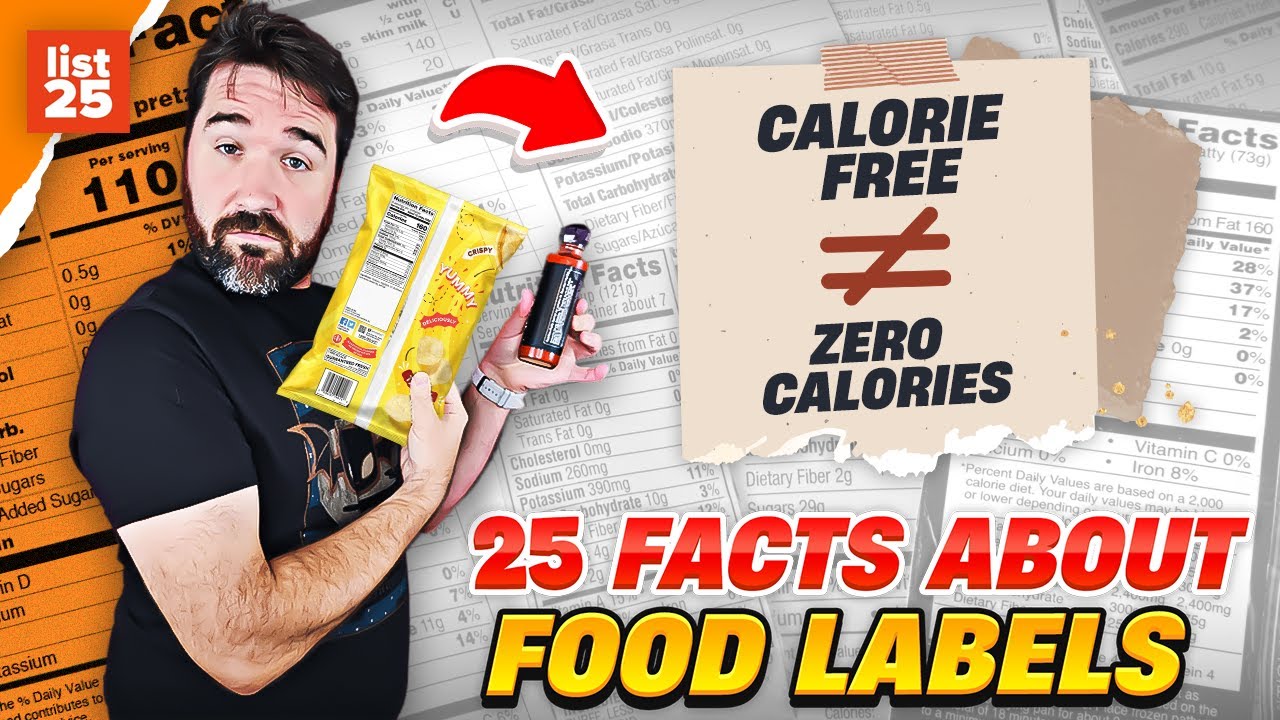
Calories are per serving size, not per packet
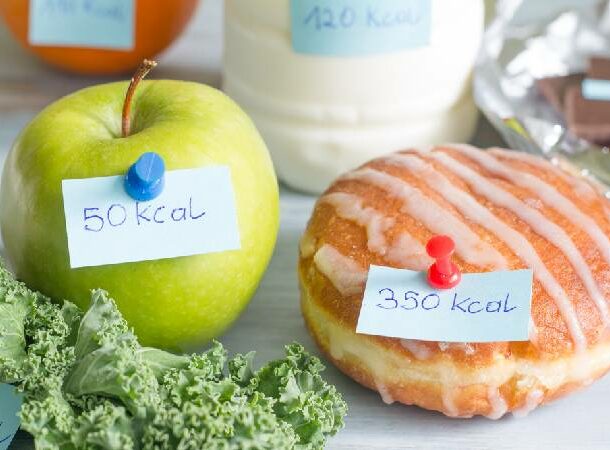
Sadly, the calories that are often listed on the front of the package and in detail on the back are per suggested serving size, not per packet. This scale is particularly annoying if you get a big bag of chips and find that you’ve finished the entire pack. So now, you have to calculate the serving size you just consumed.
% Daily value is based on 2,000 calories per day
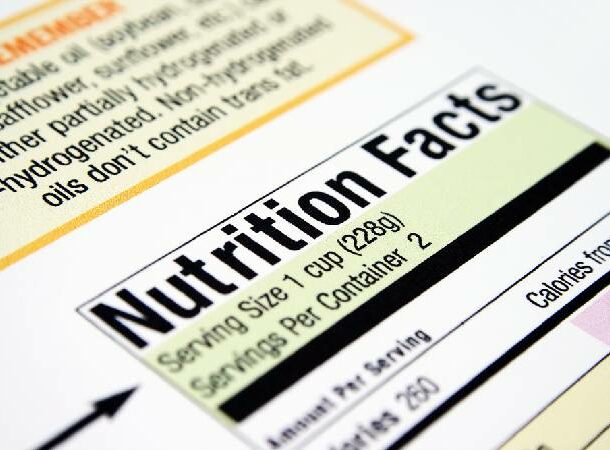
When it says a food serving has 4% of your daily fat intake, that’s based on someone who has 2,000 calories daily. Of course, this can massively skew based on your dietary habits or the amount you work out. However, 2,000 is a benchmark figure for global averages, so adjust the percentages accordingly.
Calories versus calories from fat
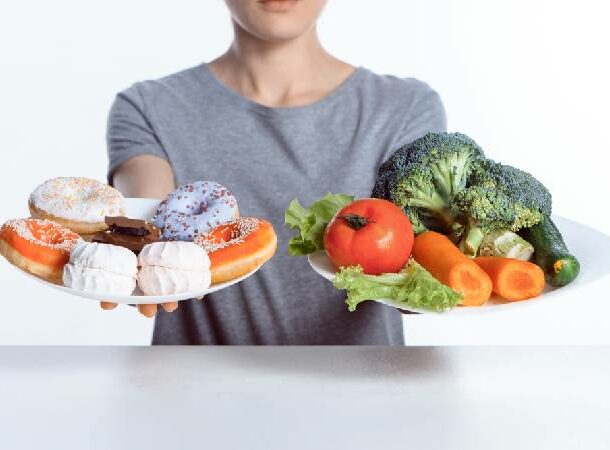
You’ll see two calorie-based numbers at the top of the food label; calories and calories from fat. Realistically your calories from fat shouldn’t be any more than 25-35% of your overall calorie amount.
Nutrition labels are an FDA requirement since 1995
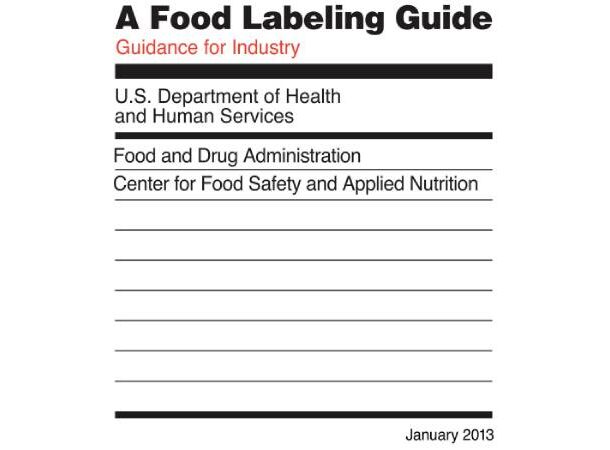
Weirdly enough, to sell packaged food in the US, you’ve had to have nutrition labels since 1995. The FDA looks after all things food safety, so they’ve been driving healthier food choices for almost 30 years.
How many servings are in the pack?
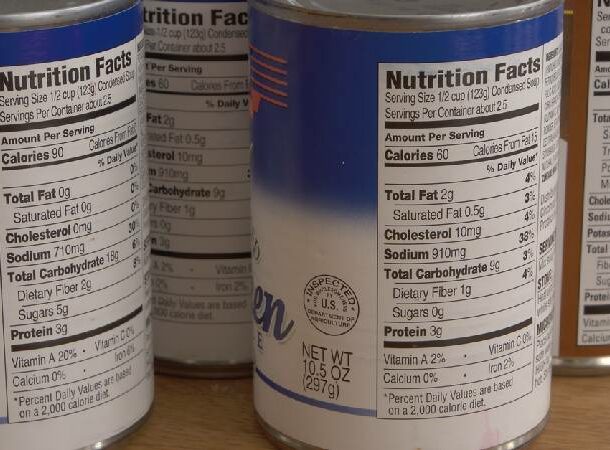
Wouldn’t it be helpful if exact serving sizes were included on food labels? They’re not. Sometimes, food serving suggestions are based on the number of pieces you have (chips) or based on your body weight. It’s a no-brainer that these suggestions can get confusing.
The traffic light system
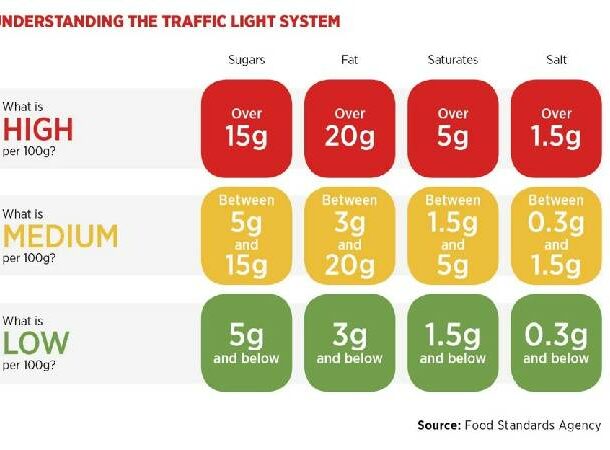
In Europe, you might see food labels that look like traffic lights. Some labels have the core food categories of fats, sugars, carbs, and salt with color-coded indicators, including red, orange, or green, to gauge their saturation levels.
Less than 5 calories items are technically calorie-free
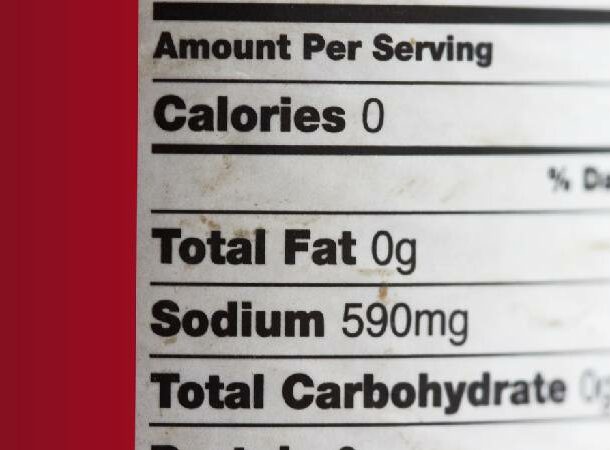
Have you ever wondered how products are classified as calorie-free? Like many, we assumed it meant 0 calories or under one calorie. But, surprisingly, anything under five calories can be classified as calorie-free on food labeling.
Labeling rules don’t apply to waters
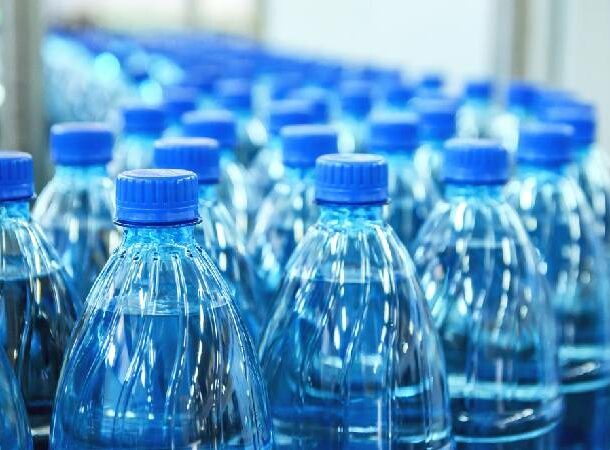
It might be a no-brainer that labeling rules don’t apply to water, but this also means sparkling and flavored waters don’t have nutritional labels. However, these can have a lot of additives and sugars in them, so be mindful.
Manufacturers submit their own nutritional data

Interestingly, manufacturers submit nutritional data for their own products, which increases the risks of fibbing. Our advice, take the nutritional list with a grain of salt. While they can’t outright lie on their packaging, they might be a couple of grams or percentages off on some products.
The FDA doesn’t check the nutritional data

In the US, the FDA doesn’t check to see if food labels are false. Millions of products are released daily, and checking every claim would be a tremendous job. They sometimes do spot checks to see if a company is lying about its claims, but it doesn’t happen that often.
What counts as low fat?
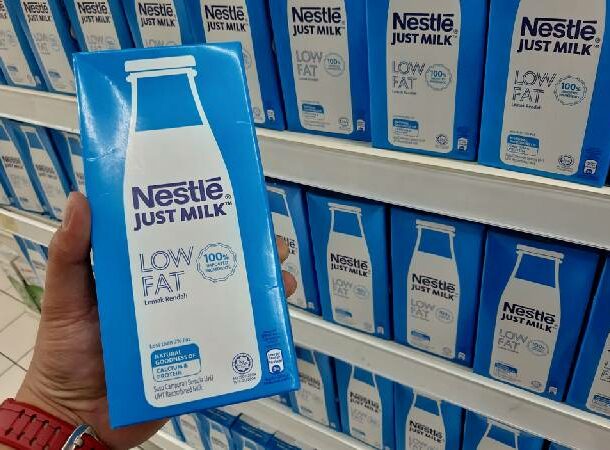
We always see the phrase “low fat” on food packaging, but what does it mean? Well, according to Nutrition.org.uk, the food must contain less than 3g fat per 100g to qualify as a low-fat foodstuff.
Major allergens have to be labeled in bold
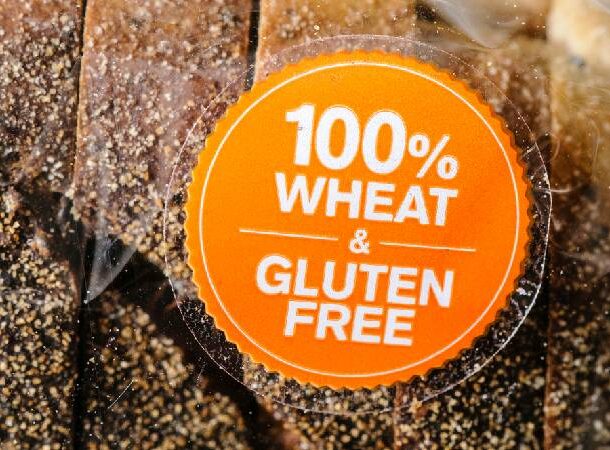
In Europe, it’s a requirement that significant allergens like shellfish, nuts, lactose, gluten, and others are listed in bold on the packages. They are also included in a particular allergens list just below the main ingredients to keep everything clear.
Manufacturers have to include ingredient lists on their packaging
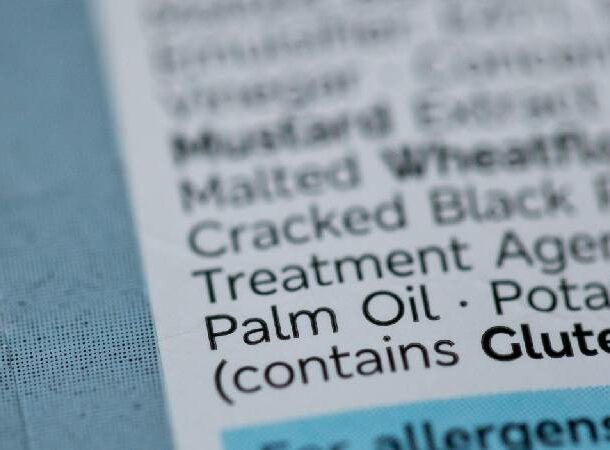
Want to know what’s in your favorite foods? The good news is they have to put the ingredients on your packaging. Yes, they can cover up secret ingredients in codes or generalizations, but it’s all there!
The quantity of ingredients is listed first
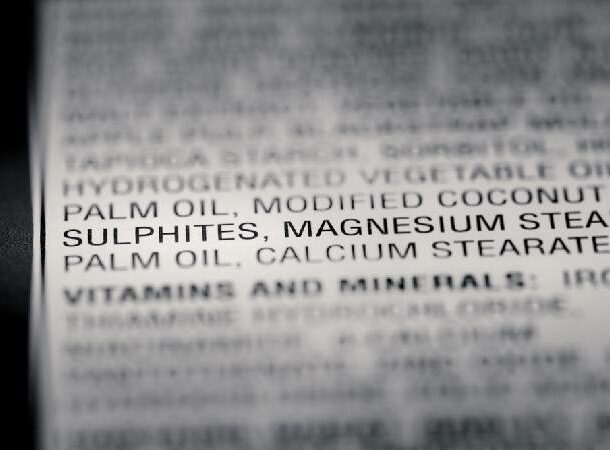
Some nutritional labels have percentage amounts of the ingredients on the back to indicate the main ingredient in the products. If they don’t, the order of the ingredients indicates a quantity, starting with the highest amount and decreasing accordingly.
Labeling rules don’t apply to food supplements

Labeling rules and regulations don’t apply to food supplements, including water. For example, if you’re taking vitamin gummies, they don’t need to be labeled, but the sugar amount can be a bit on the high side, so keep an eye on your intake.
The EU food labeling rules and FDA are different
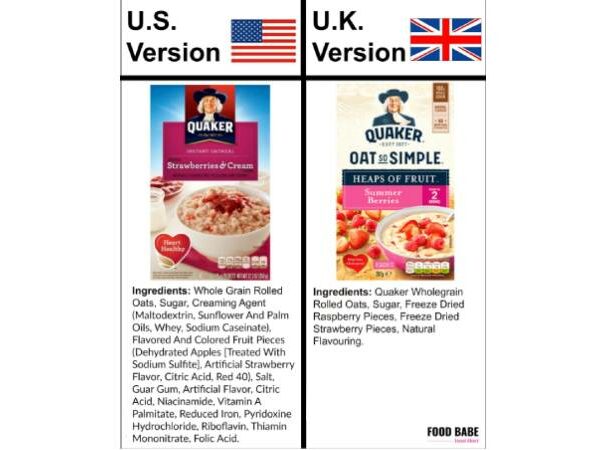 Image source: https://foodbabe.com/food-in-america-compared-to-the-u-k-why-is-it-so-different/
Image source: https://foodbabe.com/food-in-america-compared-to-the-u-k-why-is-it-so-different/ Despite many trade agreements between the EU and America, the food labeling rules are confusing. So if you’re abroad and see one of your favorite snacks from home, the packing will look different. This labeling keeps the product aligned with local food safety and packaging laws.
Fiber doesn’t have to be included on the label
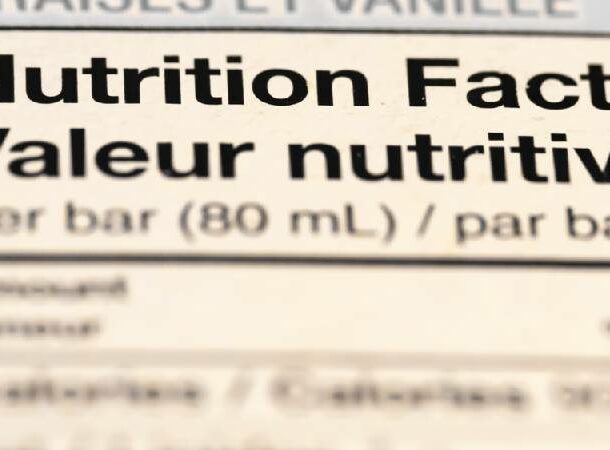
Although fiber is super important to our diet, it doesn’t have to be included on our food labels. This requirement varies based on the product. Foods like cereals tend to be high in fiber, so companies elect to have the figures prominently displayed on the packaging. It’s all about showing the positives and hiding the negatives!
May contain boxes for cross-contamination

You might see a slightly different list underneath the allergens list on the back of food packages. This list shows additional allergens that the food “may contain.” They are not directly in the product itself, but due to cross-contamination risks from other products made in the same factory, the foreign agents may end up in the food. People with severe allergies or auto-immune conditions like Coeliac Disease benefit from these detailed lists.
UK food labels are now subject to “Natasha’s Law”
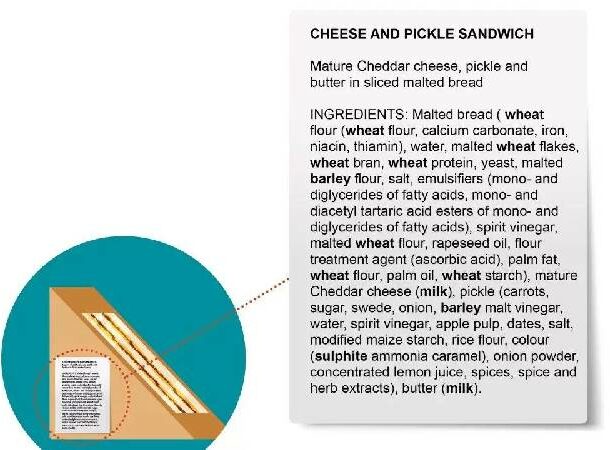
Due to the sad death of a child called Natasha with a severe nut allergy in the UK, food labeling for allergens and cross-contamination extended to restaurants, cafes, and anywhere that sells food. You have to declare allergens on the menu by law.
What counts as sugar-free?
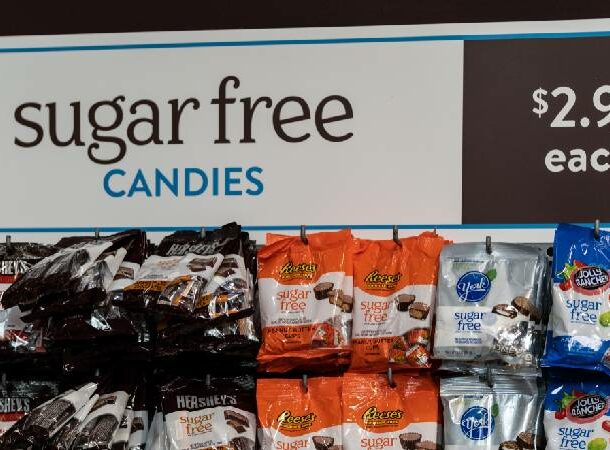
If you’re looking to lower your sugar intake, you might opt for some sugar-free snacks, but what does that entail? For foods to be sugar-free, the product must contain less than 0.5g sugar per 100g. Unfortunately, some food manufacturers add sweeteners to their products to increase the sweet factor, but it’s pretty sour for your health. So, beware.
The wording around health claims
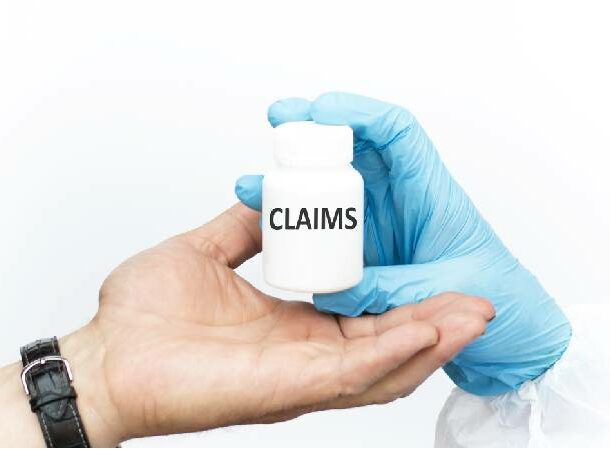
We love clever wording, but it’s no joke regarding health claims on food labels. For example, “Vitamin C contributes to “the reduction of tiredness and fatigue.” It’s true, but if it says, “Vitamin C reduces tiredness and fatigue,” the company can get into legal trouble for false or non-guaranteed claims. Food manufacturers have whole departments dedicated to brand messaging.
Additives and E Numbers count as ingredients in Europe
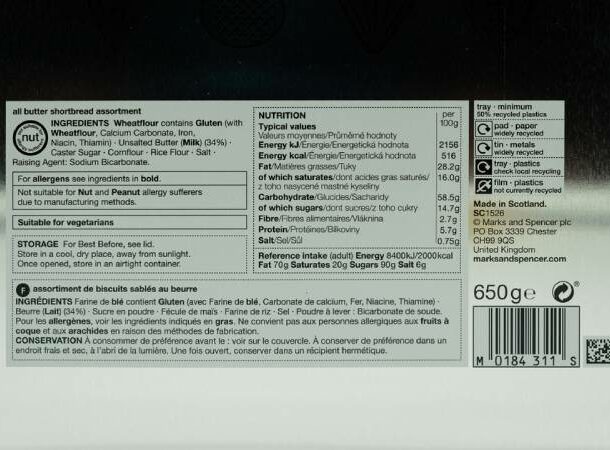
Despite being nominal in quantity, additives, and E numbers must be listed for food safety purposes. Some people have adverse effects and borderline allergies to some of these additives, so they must be documented. Also, some people are hesitant about giving E Numbers to kids fearing it may cause hyperactivity.
Health claims have to be externally reviewed

In Europe, an external expert panel reviews health claims to prevent fraud. On the contrary, the FDA does not dive into claims of nutritional data. However, packaging recalls and reprints can cost millions.
What counts as high in fiber?
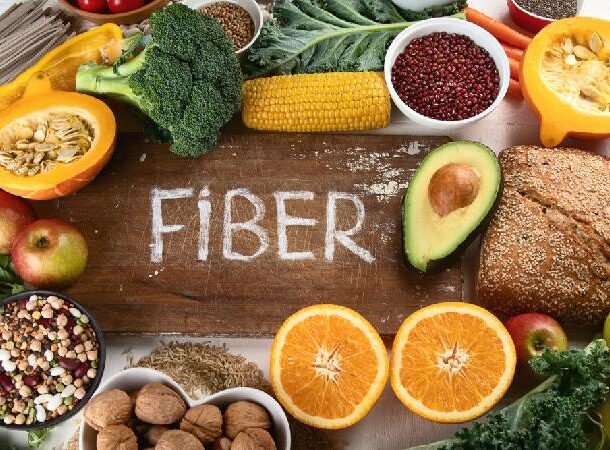
We all need fiber, and it’s lacking in many products, so what counts as high in fiber? The product must contain at least 6g fiber per 100g to qualify. So, keep an eye on your intake and check the back of the packaging to see if they include data for fiber, as it’s not a guarantee.
Prepacked versus menu labeling

Increasingly, menus add food label-style information to let customers know what’s in their food. The labels started with calorie content, and Natasha’s Law in the UK has extended to allergens and key ingredients. So if you sell prepackaged foods like protein bars in a shop, you can now go to a link on the stand or shelf to allergen ingredients.



























